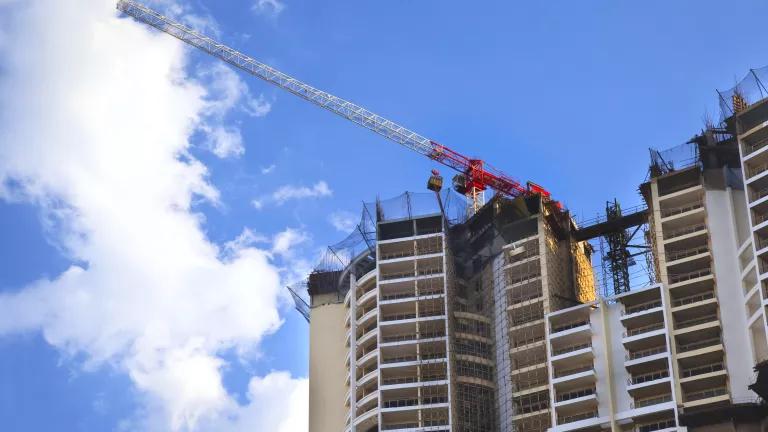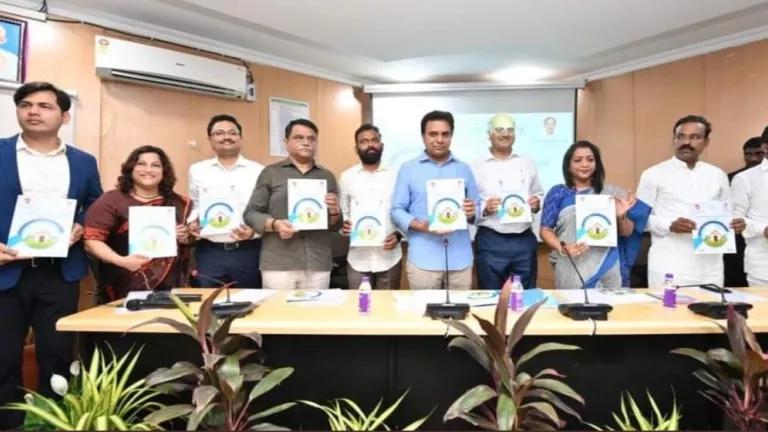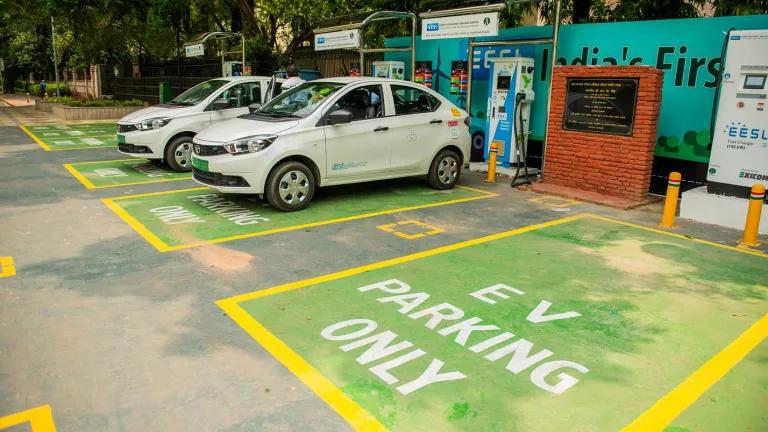In Hyderabad – an IT-capital in India – we’ve been learning first-hand about the severity of the unprecedented power outages facing the state of Andhra Pradesh. Hyderabad is experiencing blackouts twice a day for two hours at a time even at a time of year when monsoon temperatures result in a seasonal decrease in energy demand. These unfortunate blackouts seem to be prompting action in the right direction. This week, the state’s government leaders are deliberating plans for adopting an energy-savings buildings code starting in October 2012.
For the past several months, the Administrative Staff College of India (ASCI) and our on-the-ground NRDC India team have been engaging local leaders to raise awareness and action on energy-saving construction measures. The state’s ongoing and unprecedented power outages appear to be prompting long-overdue action on the energy-saving front. While select businesses rely extensively on expensive and dirty backup diesel generators to prevent electricity interruptions in their development of out- sourced software and IT services, power outages are severely disrupting daily life across the states. Highlighting the magnitude of the electricity strain, Andhra Pradesh’s Chief Minister recently “called upon people to switch off lights while watching TV.”
Andhra Pradesh’s plan to introduce a local Energy Conservation Building Code is nothing short of a breakthrough. Hyderabad is one to the fastest urbanizing cities in India. According to the Principal Secretary of the Municipal Administration & Urban Development, Busi Sam Bob, “real-estate development, which occupied an area of 1.95 million sqft. in 2005, was expected to be around 15 to 20 million sq.ft by 2013.” India needs to increase energy production by six percent annually from 2011 levels to maintain growth. In the broader context, implementing energy efficiency measures is even more urgent considering India’s “coal-gate” scandal and proposed plans to add 455 coal-fired power plants to its energy mix.
Energy efficiency is the fastest, cleanest, and cheapest way to meet these growing energy needs. India alone could save $42 billion each year by largely improving energy efficiency in buildings, which currently consume more than 30 percent of the country’s electricity. Key energy saving solutions are readily-available for new construction and major retrofits. For example, buildings can save energy by employing energy efficient design in building envelopes (walls, roofs, and windows); lighting systems (day-lighting, CFLs, and LEDs); air-conditioning (HVAC, chillers, passive and traditional cooling); electrical systems; and water heating and pumping systems (solar hot-water systems).
Infosys's new Software Development Building 1 (SDB-1) is the first commercial radiant cooled building in India and is is 50% more efficient than any other building at Infosys.
Energy efficiency allows for Andhra Pradesh to achieve growth and development while using less energy. Andhra Pradesh has already shown leadership in saving energy in the past. For example, the CII-Godrej Green Business Centre flagship building in Hyderabad was the first LEED-Platinum building outside of the United States. The new state of the art Infosys software building with an radiant cooling wing uses over 30 percent less energy than its twin wing built with conventional cooling.
Andhra Pradesh has an opportunity to lead yet again by adopting an energy-saving building code. In the coming weeks, we will be working with our partners in Andhra Pradesh to continue outreach to the leaders in Indian government, businesses, academics, and civil society, who can take building efficiency to the next level.



